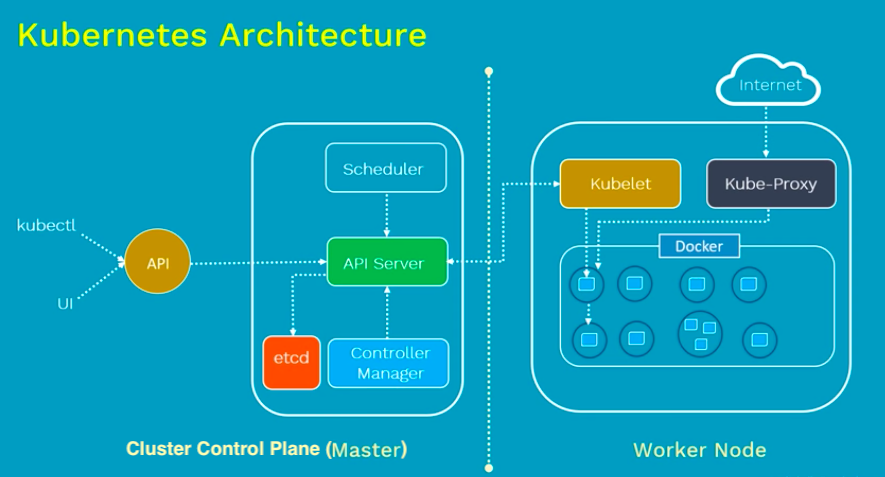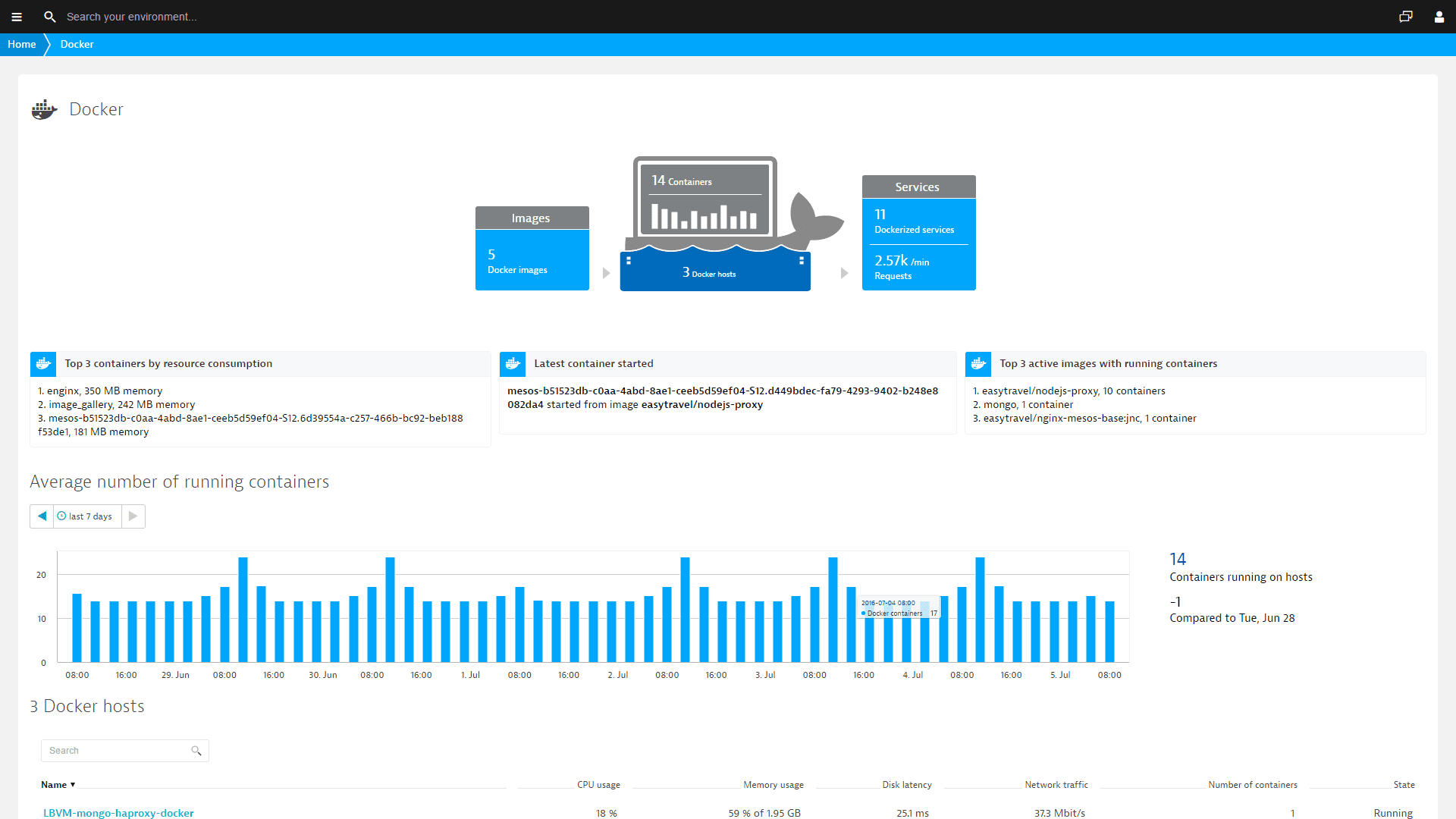

- #Docker container logs install
- #Docker container logs drivers
- #Docker container logs driver
- #Docker container logs windows
Summaryĭocker has versatile log monitoring capabilities provided by a suite of logging drivers. It typically leaves you without the immediate convenience of Docker’s built-in log commands. This approach can be useful for more complex deployments, although it’s trickier to setup and scale. The sidecar handles the aggregation of these logs into a format which can be uploaded to a log monitoring service. The logging container, often called a “sidecar”, reads temporary log files which your application containers create in a shared Docker volume. Some stacks call for a dedicated logging container that sits alongside your application containers. You can store logs directly on the filesystem, using a Docker volume, or call an external API service. If that’s the case, you might need to implement your own logging solution within your container. Sometimes you might have complex logging requirements that docker logs alone can’t satisfy.
#Docker container logs drivers
Docker’s logging drivers will automatically record the time at which an event occurred. Log output doesn’t need to include timestamps. Emitting logs to stdout and stderr allows Docker and other tools to aggregate them in a standardised way. Your containers should work with Docker’s logging system wherever possible. docker run -log-opt mode=non-blocking -log-opt max-buffer-size=8M my-image:latest Logging Best Practices Setting this high reduces the risk of lost logs, provided you’ve got sufficient RAM available. You can set the size of the in-memory log buffer with the max-buffer-size option. You can enable non-blocking delivery by setting the mode logging option, either with -log-opts or daemon.json. The in-memory buffer could be filled, causing cached logs to be cleared before they’ve been handed to the driver.
#Docker container logs driver
This can occur when logs are emitted more quickly than the driver can process them. The tradeoff with non-blocking mode is the possibility of lost logs. This can significantly improve performance on active machines with slow storage. The container doesn’t need to wait for the logging driver to complete its write. When in non-blocking mode, Docker writes logs to an in-memory buffer. You can specify the logging driver for a container by passing the -log-driver flag to docker run: docker run -log-driver systemd my-image:latest You’ll then be able to reference it as a logging driver as plugin-name.
#Docker container logs install
To install a plugin driver, run docker plugin install plugin-name.
#Docker container logs windows
Drivers are also available for Amazon CloudWatch, Google Cloud Platform, Event Tracing for Windows and other log monitoring solutions.ĭocker supports third-party logging drivers via plugins. Other built-in log drivers include syslog (write to the syslog daemon running on your machine), journald (use a running journald instance) and fluentd (to use a fluentd daemon). If you’re not going to access log files directly, switching to the local driver will save you some storage space. This format is fairly human-readable and can be readily consumed by third-party tools.

This driver stores container logs in a JSON file. When no logging driver is specified, Docker uses the json-file driver. You can set the active logging driver on a per-container basis. Docker Logging Driversĭocker collects and stores container logs using one of several logging drivers. The until, since and tail flags won’t take effect if you’re using follow to continuously stream log data. You can combine these flags to get logs in the format you require. Typical values displayed with -details include container labels and environment variables. We’ll look at logging drivers in the next section.


 0 kommentar(er)
0 kommentar(er)
